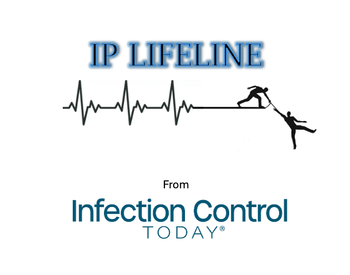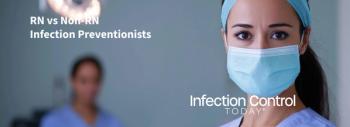
Spring Break? COVID-19 May Finally Become Endemic by Mid-March
Some experts see Omicron starting to peak in the U.S., and “normal” may soon return. In the meantime, unfortunately, be prepared for a rough month or so.
Spring officially starts on March 20, but already ushers in hope on at least two fronts in the struggle against the Omicron variant of COVID-19 in the United States. Thanks to a Supreme Court
CMS says that within 60 days of the its January 14 memorandum (or by March 15), a health care facility must demonstrate that it has developed policies and procedures for the vaccination of staff, and that 100% of staff have been vaccinated. Or the facility must demonstrate that less than 100% of staff has received at least a single dose of a multiple-dose vaccine, or have been granted a “qualifying exemption.”
Also, come this spring the change that we’ve all been waiting for for over two years could finally happen: COVID-19 will stop being a pandemic and settle into the role it will have for now on in as an endemic. Such a shift will allow society to return to normal.
Health workers who have not been fully vaccinated in the 24 states that lost its challenge against the vaccine mandate will need to have had either two doses of the Pfizer/BioNTech or Moderna vaccines, or one dose of the Johnson & Johnson vaccine by the March 15 deadline,
Meanwhile, some medical experts are seeing that the Omicron wave starts to recede. Chris Beyrer, an epidemiologist at the Johns Hopkins Bloomberg School of Public Health,
Bob Wachter, chairman of the University of California, San Francisco Department of Medicine, tells Axios that “it really does feel like the building blocks of a conversion from pandemic to endemic are all there.”
Like almost every other medical expert who talks about COVID-19, Wachter did add the caveat that “over the past two years, if we’ve learned nothing else, it’s that this virus surprises us and there are always the possibility of
Even if COVID-19 does become endemic in the US by mid-March, there’s still a lot of hardship in store between now and then. Hospitals are overburdened and hospital workers exhausted, with
Keep an eye on mortality rates because an additional 50,000 to 300,000 more Americans might die from COVID-19 by mid-March, according to the
Katriona Shea, PhD, of Penn State University and one of the co-leaders of the hub,
Newsletter
Stay prepared and protected with Infection Control Today's newsletter, delivering essential updates, best practices, and expert insights for infection preventionists.






